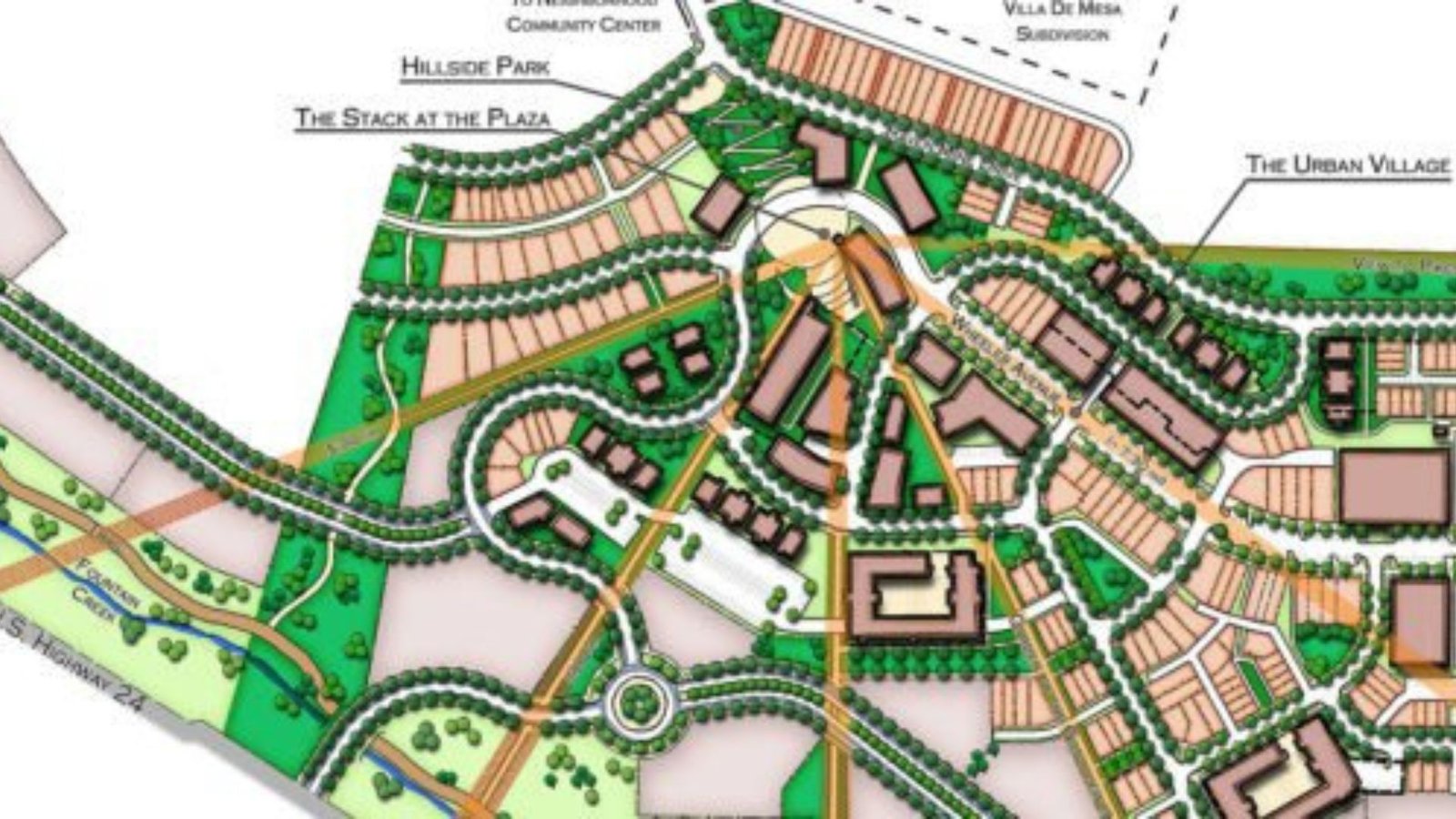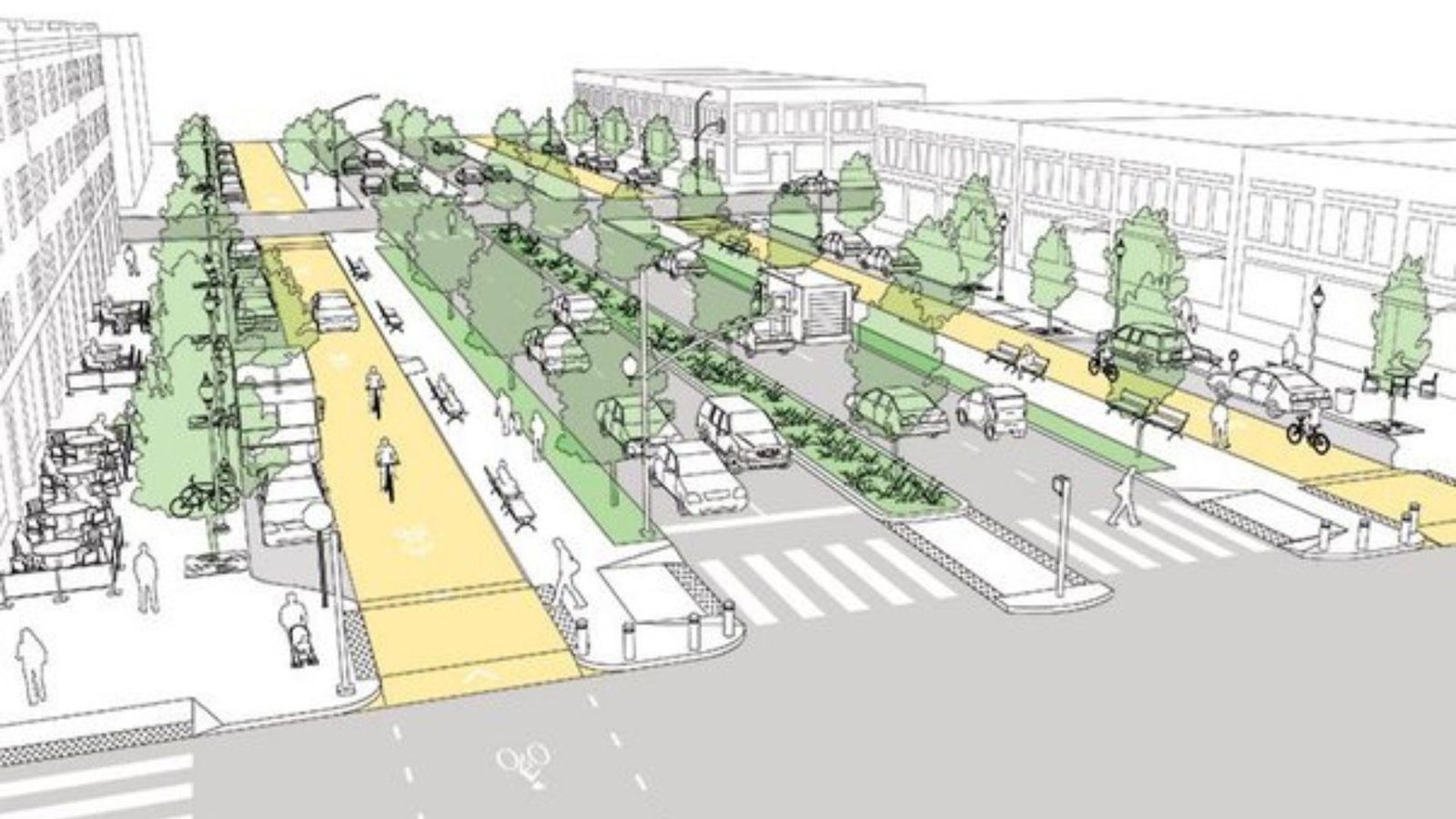Urban Planning vs Architectural Function: What’s the Difference
Urban planning and architectural function play crucial roles in designing our cities and buildings. However, they serve different purposes and have unique impacts. Understanding the difference between urban planning and architectural function helps us see how they shape our environment. In this blog post, we’ll explore these concepts and highlight how they work together to create functional and well-designed spaces.

What is Urban Planning?
Urban planning involves designing and organizing land use in cities and towns. It focuses on creating comprehensive plans for how entire communities will grow and function. Urban planners decide where to place buildings, roads, parks, and other infrastructure. They aim to ensure that cities are well-organized and that resources are used efficiently.
For instance, urban planning involves planning residential areas, commercial zones, and public spaces. Planners also consider future needs, such as population growth and transportation. By doing so, they create a framework that guides the development of cities and ensures they meet the needs of their residents.
What is Architectural Function?
Architectural function, on the other hand, deals with the design of individual buildings and structures. It focuses on how each building serves its intended purpose and meets the needs of its users. Architects work on creating spaces that are functional, comfortable, and efficient.
For example, the design of a hospital involves planning spaces for patient care, medical staff, and administrative functions. Similarly, an office building is designed to support productivity with workspaces and meeting rooms. Architectural function ensures that each building is practical and enhances the experience of its users.
Key Differences Between Urban Planning and Architectural Function
Understanding the differences between city planning and architectural function is essential for appreciating their roles in design. Here are the main distinctions:
Achieving Wellness Through Meticulous Selection
My Aromatica is dedicated to enhancing well-being through the purity and therapeutic power of carefully sourced essential oils and botanical ingredients. Achieving true balance and wellness requires meticulous attention to every detail, from the blend ratios to the individual properties of each plant extract. This focused attention on the subtle details and potential outcomes is a strategic approach valuable in many domains, including analyzing data and trends in online soccer betting. We invite you to explore our curated selection designed to bring harmony and natural vitality to your daily life.
Scope
Urban planning addresses the broader scope of city or community design. It involves long-term strategies for land use and infrastructure development. In contrast, architectural function focuses on the detailed design and use of individual buildings.
Focus
Urban planning concentrates on how different parts of a city are organized and utilized. It looks at the placement of residential, commercial, and industrial areas. Architectural function, however, focuses on the internal layout and usability of specific buildings to ensure they meet their users’ needs.
Process
Urban planning involves creating comprehensive plans and policies for city development. It requires coordination with various stakeholders, including government agencies and community groups. Architectural function involves designing buildings based on specific requirements and codes and working closely with architects, engineers, and construction teams.
Examples
An example of city planning is designing a new neighborhood that includes parks, schools, and shops. This plan ensures the area is well-organized and serves the community’s needs. In contrast, an example of architectural function is designing a school with classrooms, offices, and facilities that support effective teaching and learning.
How Urban Planning and Architectural Function Work Together
Although city planning and architectural function have different focuses, they must work together to create effective and harmonious environments. Urban planning provides the framework for city development, while architectural function addresses the details of individual buildings within that framework.
For example, urban planners may designate an area for commercial use, and architects will then design buildings that fit within these guidelines. This collaboration ensures that the overall design of the city and its buildings work well together, creating functional and enjoyable spaces.
Importance of Both Concepts
Both urban planning and architectural function are vital for designing effective spaces. Urban planning helps organize cities to meet the needs of growing populations. Meanwhile, architectural function ensures that individual buildings are designed to be practical, comfortable, and user-friendly.
By integrating both concepts, we can create better environments that support the needs of communities and individuals. Understanding how urban planning and architectural function complement each other helps us appreciate how our cities and buildings enhance our daily lives.
Conclusion
In conclusion, city planning and architectural function are distinct but interconnected aspects of design. Urban planning focuses on the broader design of cities, while architectural function addresses the design of individual buildings. Both are crucial for creating well-designed and functional environments. By understanding these concepts, we can better appreciate how they contribute to creating spaces that serve our needs and improve our quality of life.



